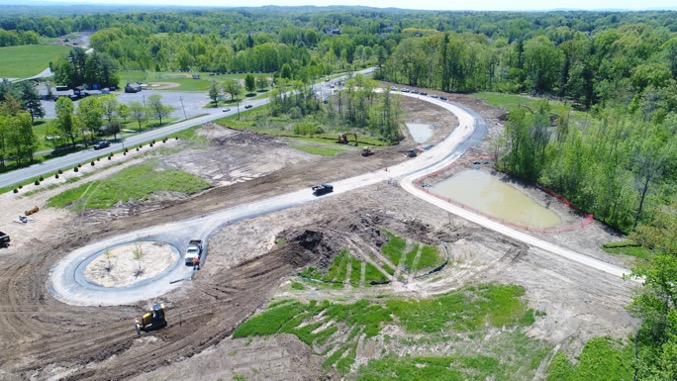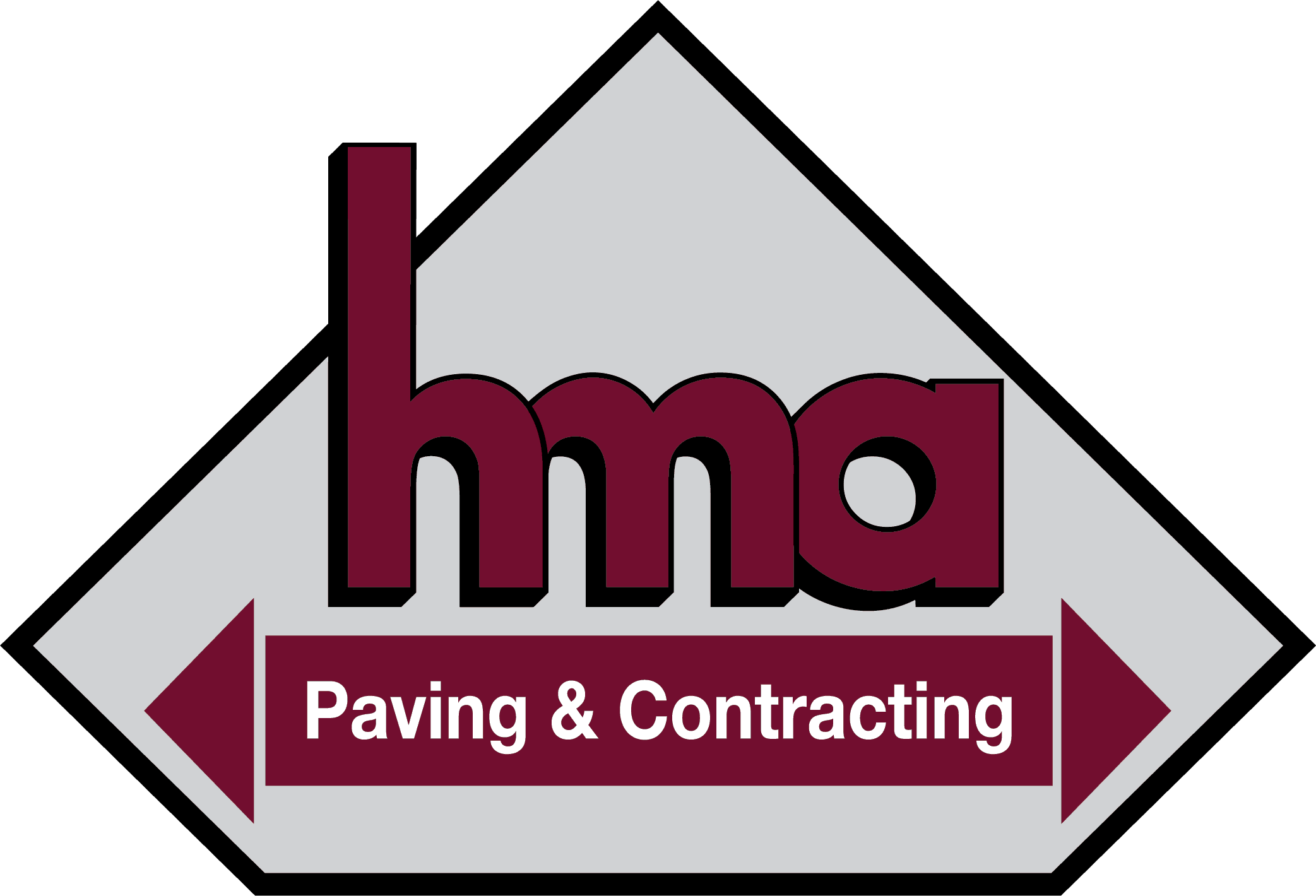
The design and engineer experts at HMA Paving & Contracting will ensure your site development and subdivision construction project meet all relevant city or town regulations, as well as industry best practices. In this guide, we’ll go over everything you need to know about subdivisions and site development construction, including how both types of projects work.
Since our opening in 1994, HMA has been successfully providing commercial construction services for both private and public sectors. With experienced managers overseeing every stage of the process and highly skilled crew members who are dedicated to working hard, you can trust us when we say that there’s no job too big or small for our company.
HMA Paving & Contracting has collaborated with some of the top real estate developers, commercial and strip plaza owners, school districts, government municipalities, universities, parks, and sports facilities.
Investing in cutting-edge technology has made us one of the most efficient construction companies across the state.
Our Site Work Subdivision Services Include:
- Land Clearing Including Excavation and Compaction
- Stripping of Soil
- Grading & Earthwork
- Construction Site Prep
- Material Supplies
- Building Pad Installation
- Building and Paving of Roadways, Driveways and Parking Lots
- Construction of Storm Water Systems
- Water Utilities Installation
- Concrete Curbing and Sidewalk Installation
- Constructing of Community Amenities Including Bike Paths and Walkways
HMA Typically Provides Site Development Services For:
- Utility Companies
- General Contractors
- Engineering Concerns
- Municipalities
- Real Estate Developers
Site Development
Construction site development refers to the process of preparing a site for construction. This includes improving soil composition and anything else needed before starting construction. Why? Initiating a construction project without proper site development may interfere with the project’s plan midway, hinder the approval of building permits, and pose significant financial and even legal risks for the project developer or investor.
Site plans are an easy way to keep track of every single change on a construction site. This lets everyone know what’s going on, so there can be less confusion about the changes being made.
Every construction project includes a number of steps and decisions, not to mention all the people involved. But the first step, site development, can be one of the hardest if you’re unprepared.
Subdivision
A subdivision development project is a process of legally dividing up the land for sale or for rent. For example, instead of buying one big plot of land within the city or suburbs – you could legally divide it up into five, ten, or twenty smaller plots – each with its own amenities.
In order to subdivide your land, you need a permit from the appropriate authorities. This could be a local government office or a powerful developer if they are supportive of your project. Along with obtaining this permit, you will need to collect supporting materials for the purpose and goals of your project – site plans, layouts, schematics and others.
A zoning law defines what types of buildings and zones are permitted on a given piece of land. For example, your town has local zoning laws that define which areas can house schools, hospitals, malls, museums and residences.
Even if a residence is technically allowed to be built on an area of land, you still need to determine whether the parcel is zoned for subdivision development. And if you are able to build your new subdivision on this piece of land, it doesn’t mean you’ll be allowed to. You need permits from the government before you can start construction.
A building permit provides you with the legal clearance to build structures on a piece of land. They grant you access to roadways, utilities, and many other privileges according to local law so that you can develop that property.
There are many perks to developing a subdivision; for instance, there is an opportunity for high-profit margins. With this type of property you can cater to various types of people and create subdivisions which maximize profit possibilities.
Subdivision development is a relatively simpler and clearer way to diversify a company’s portfolio or investor’s funds. Dependent on the situation, it could make more income than selling one piece of land.
Contact HMA Paving & Contracting today to discuss your next commercial or municipal project. Visit our contact page or call (518) 664-1014.
